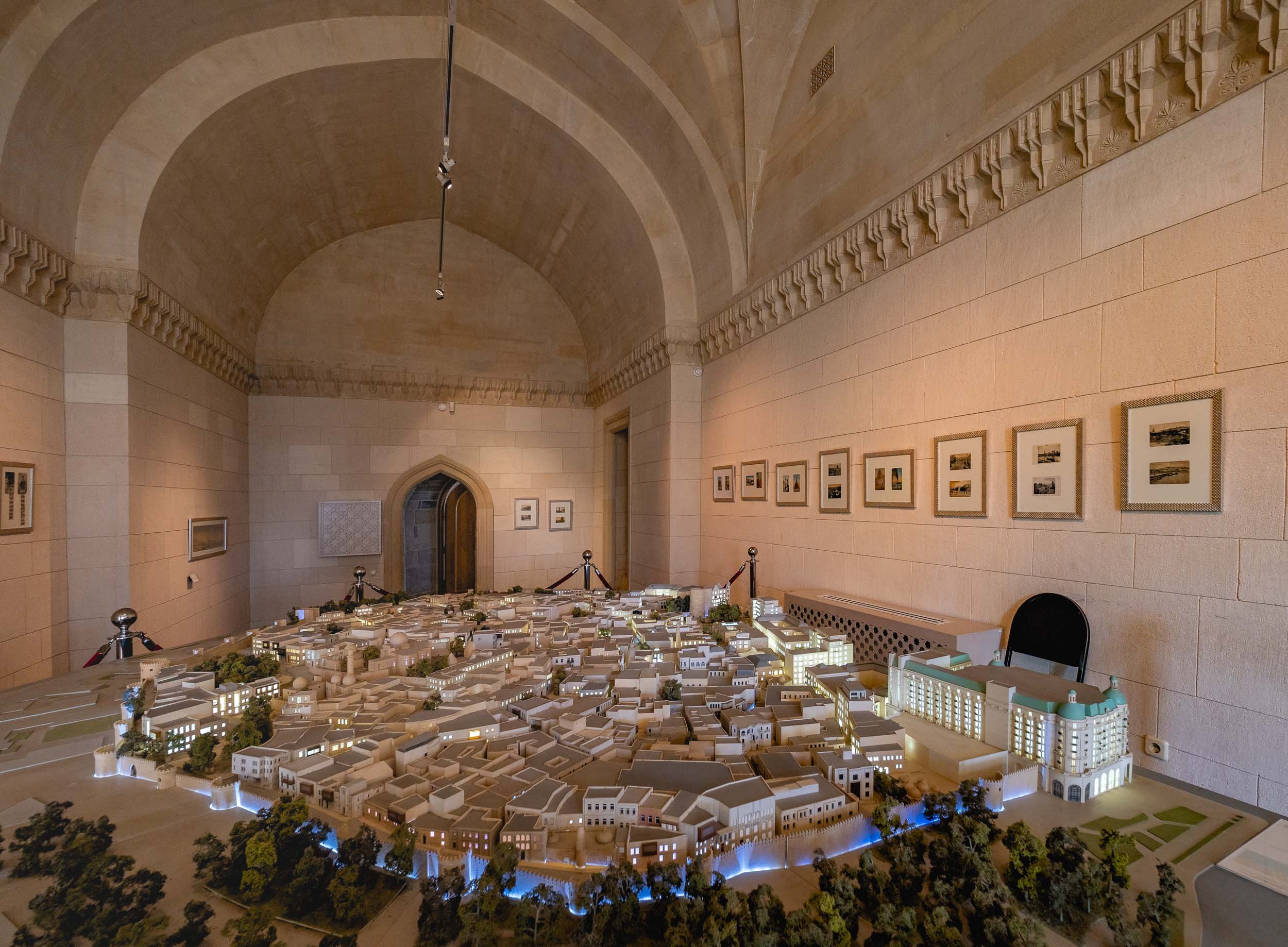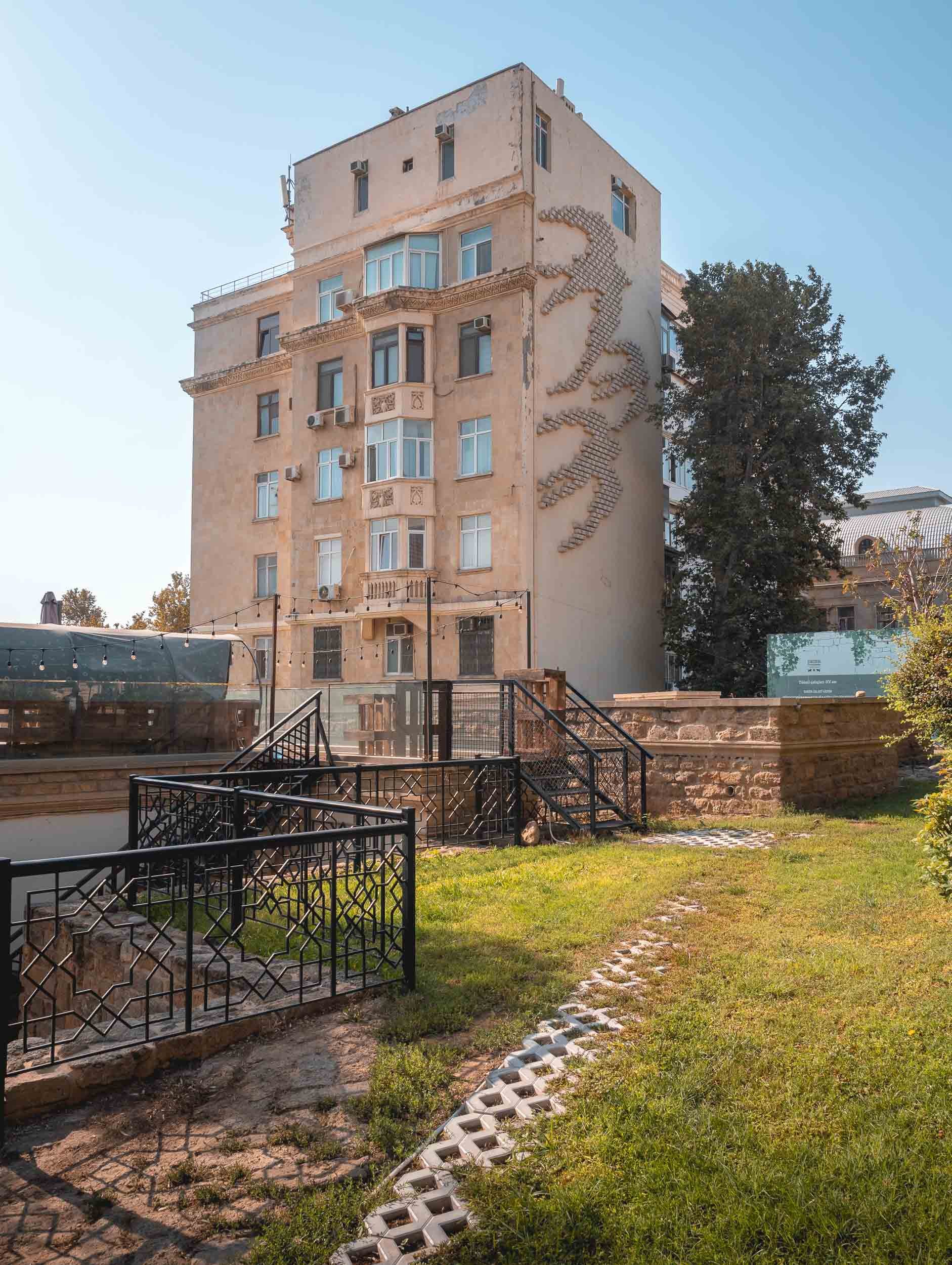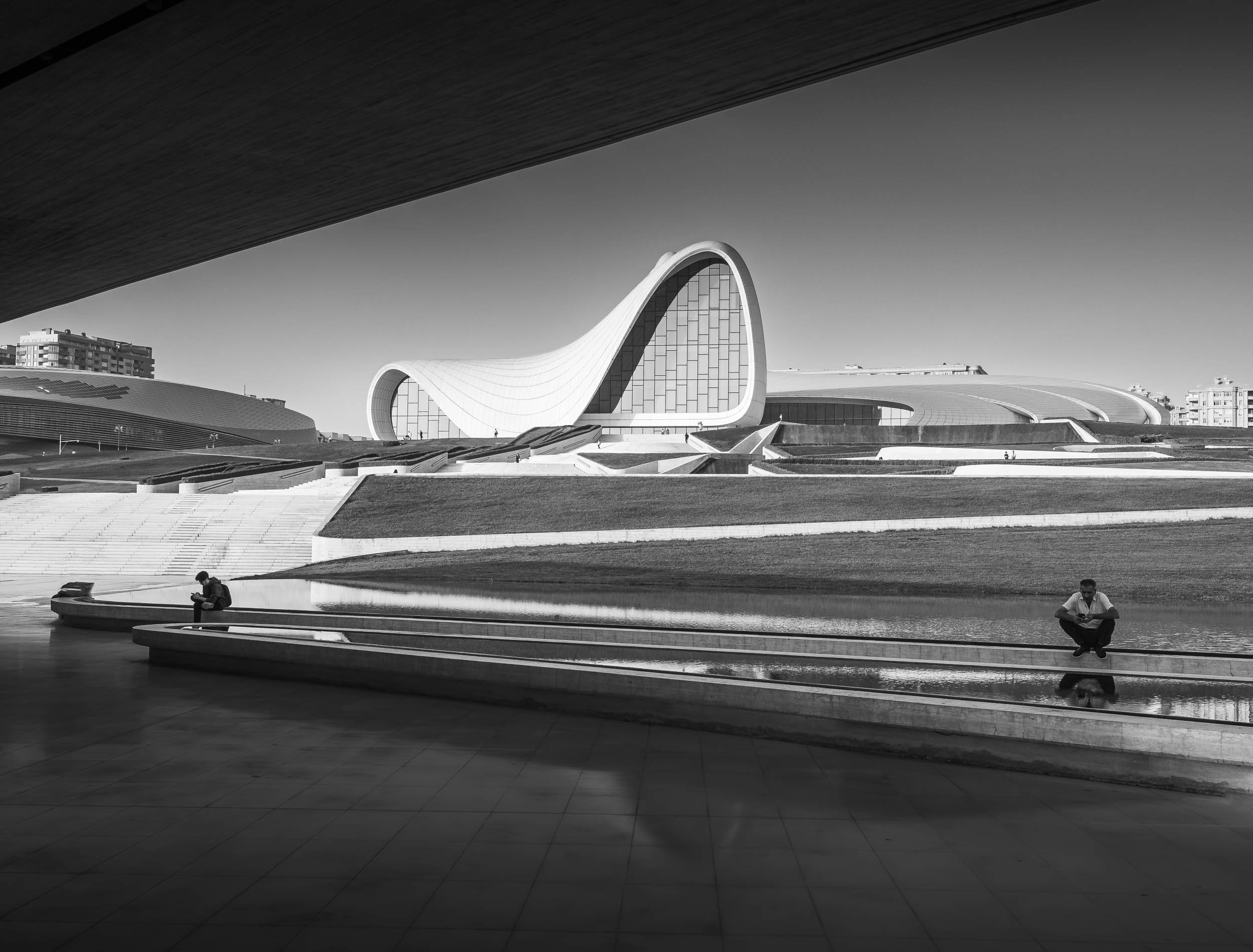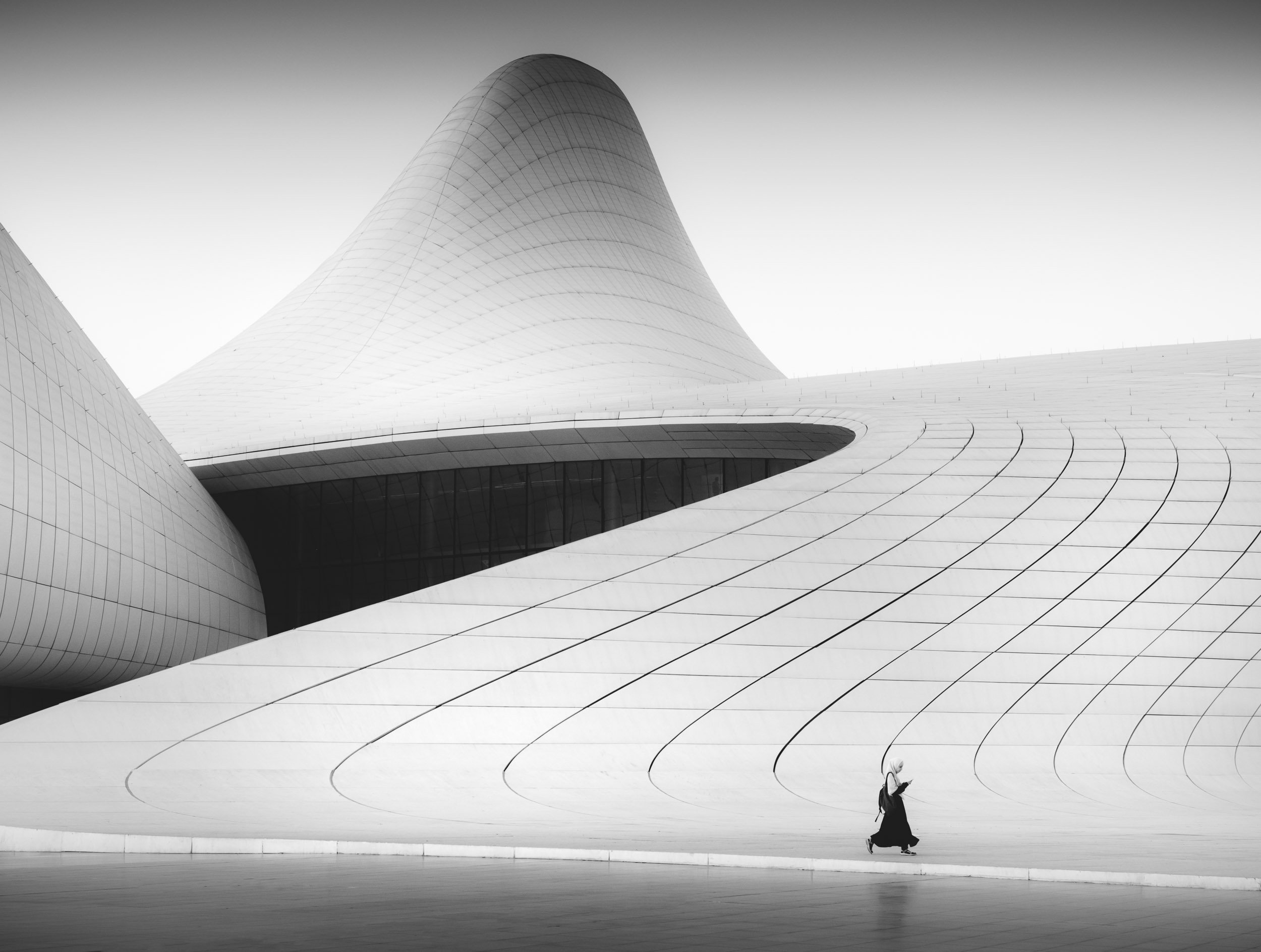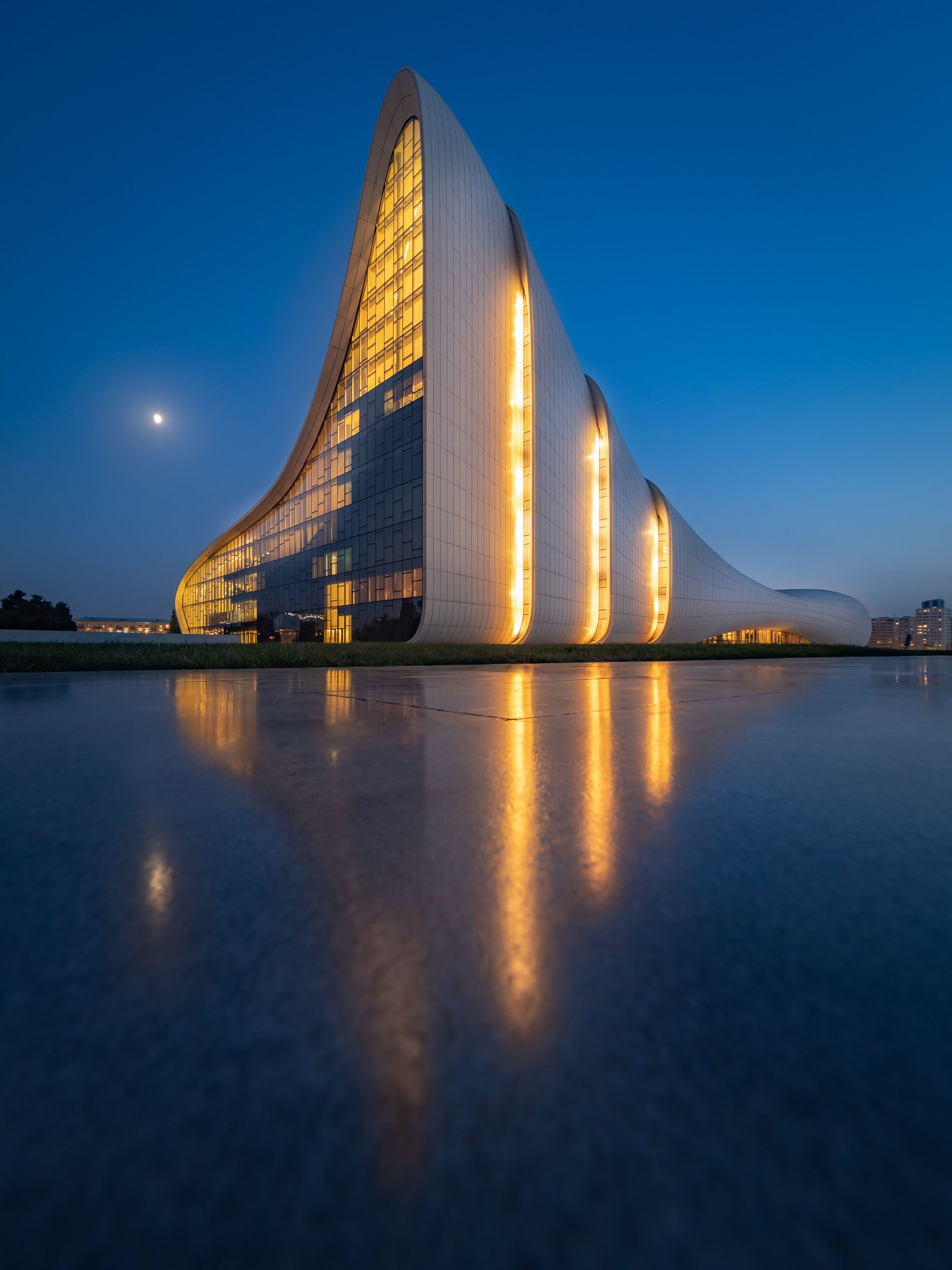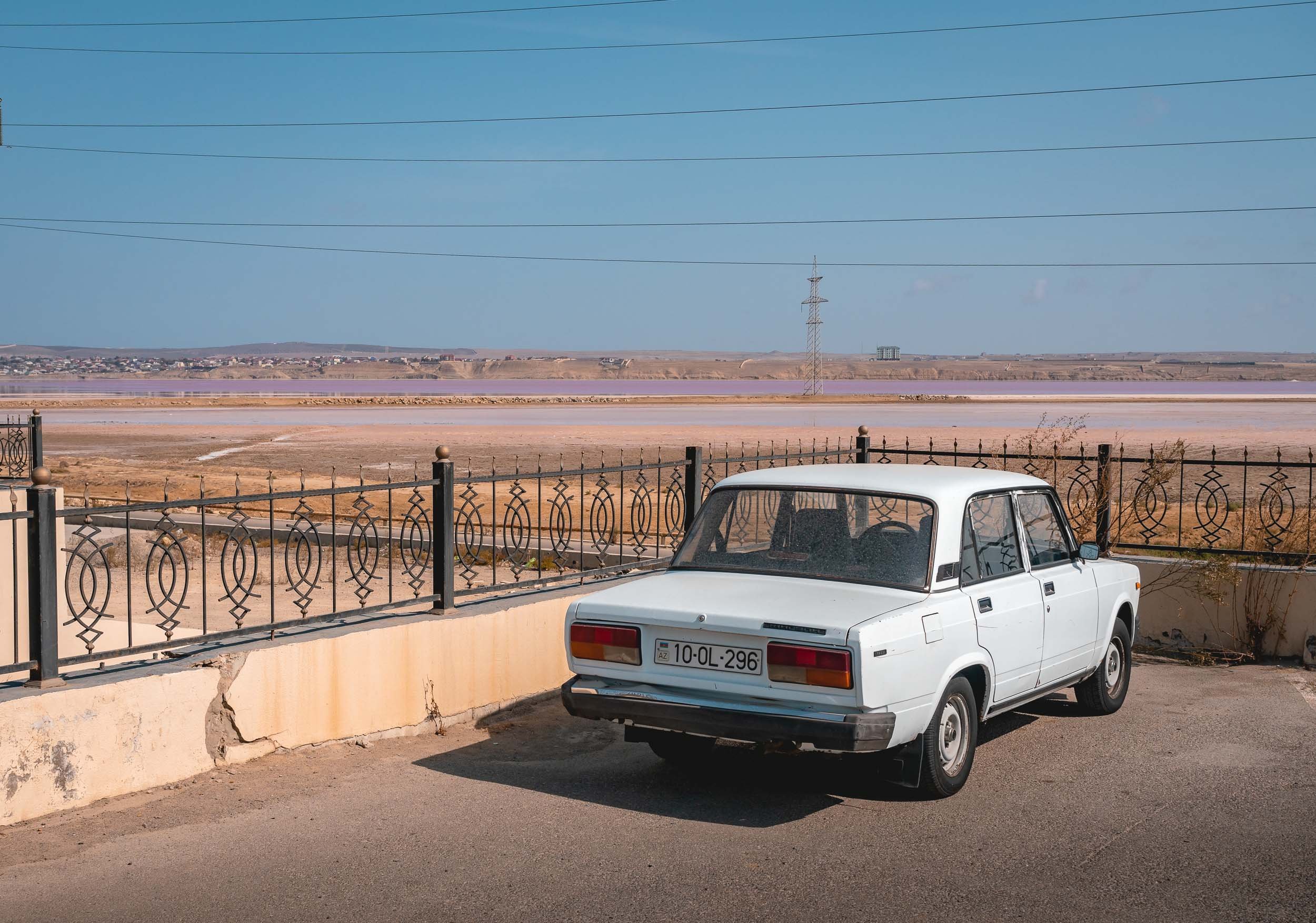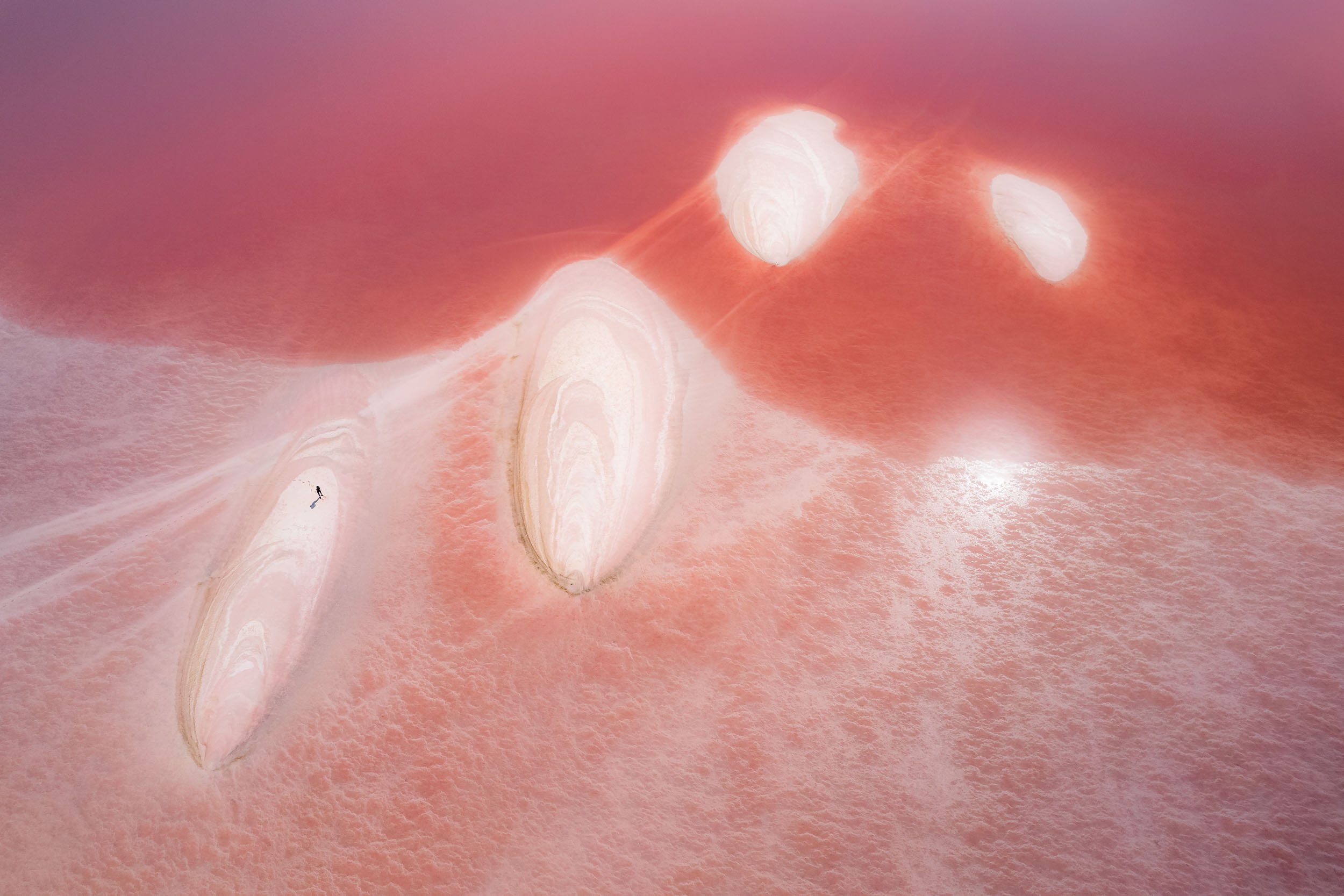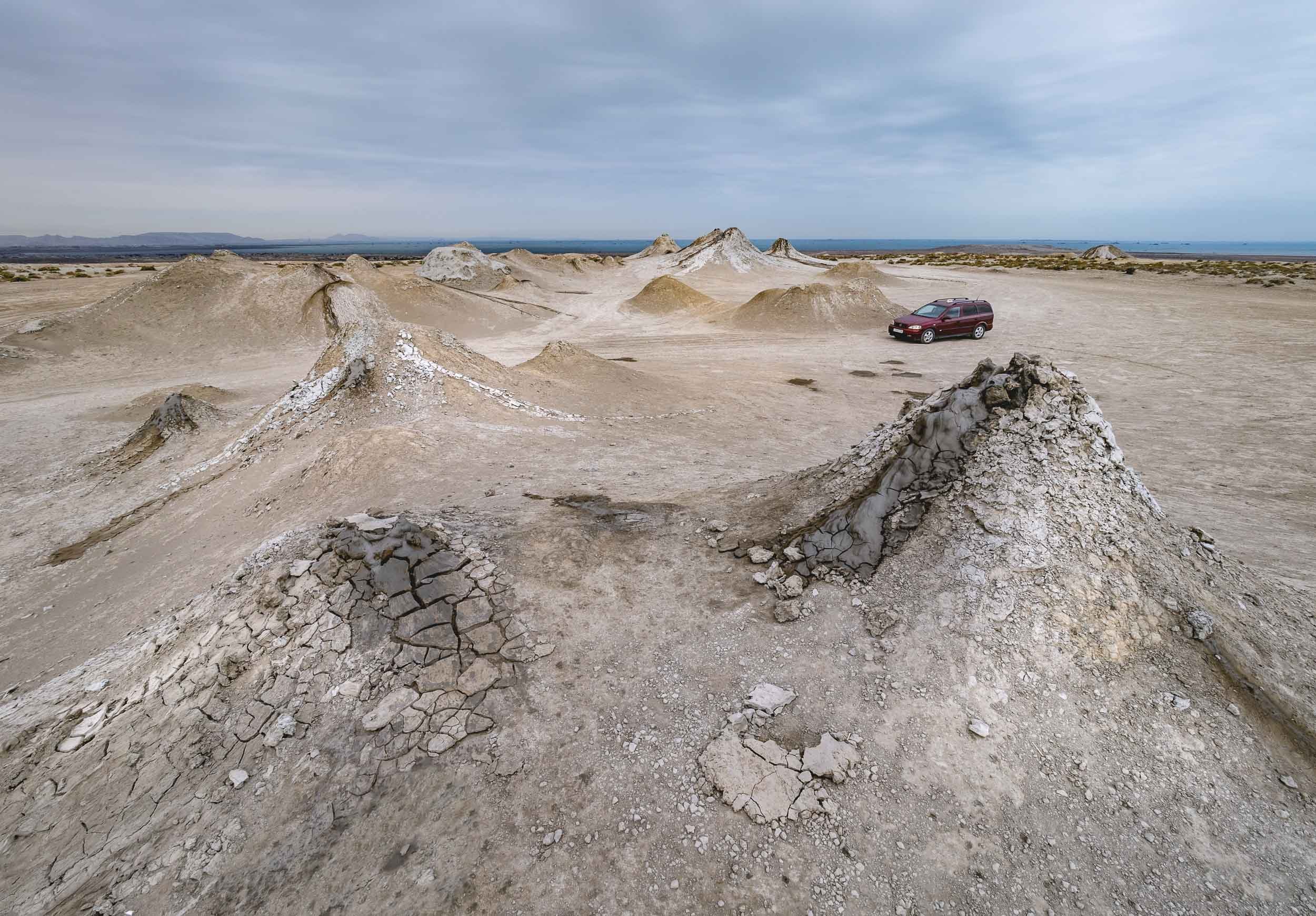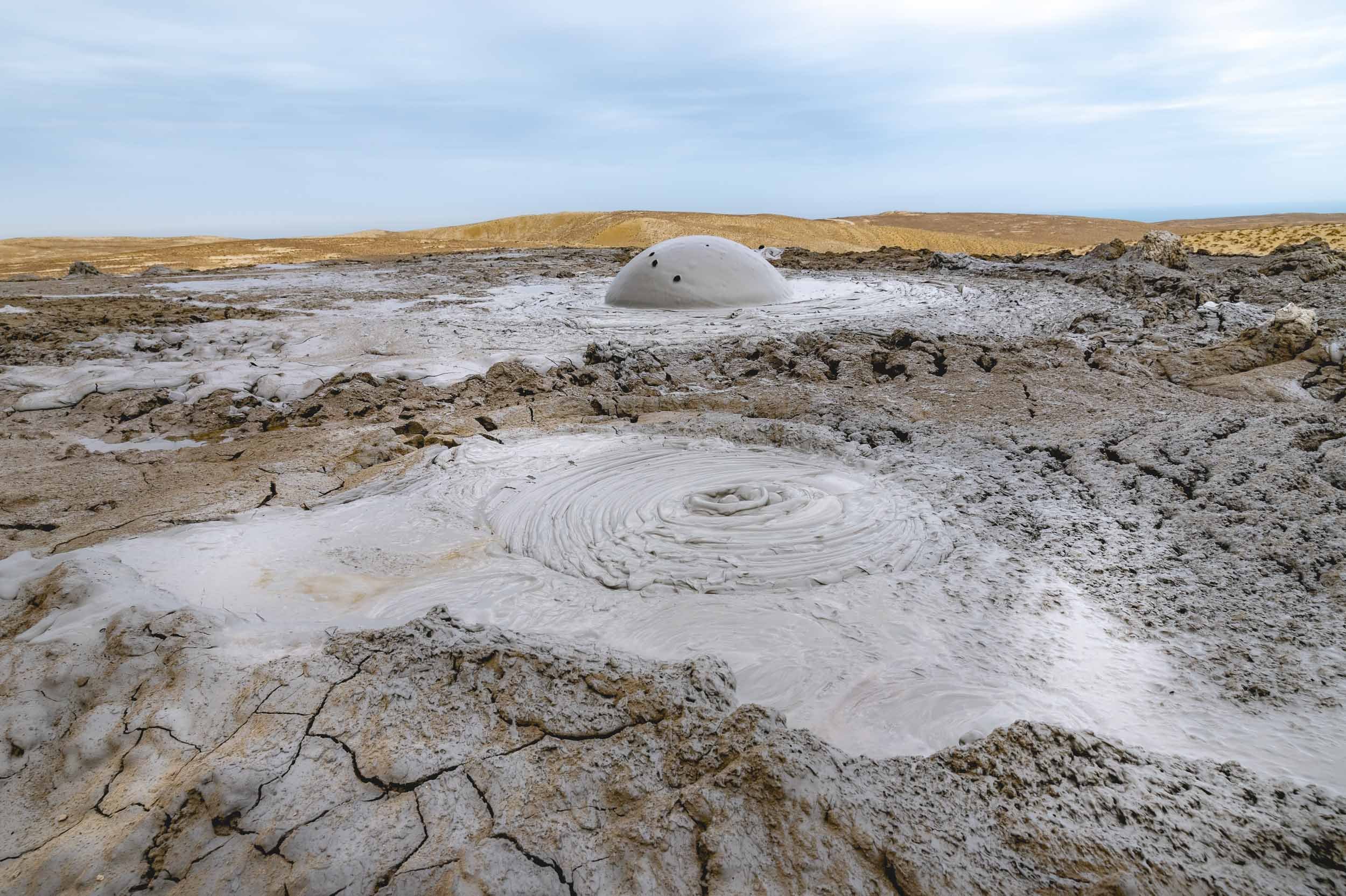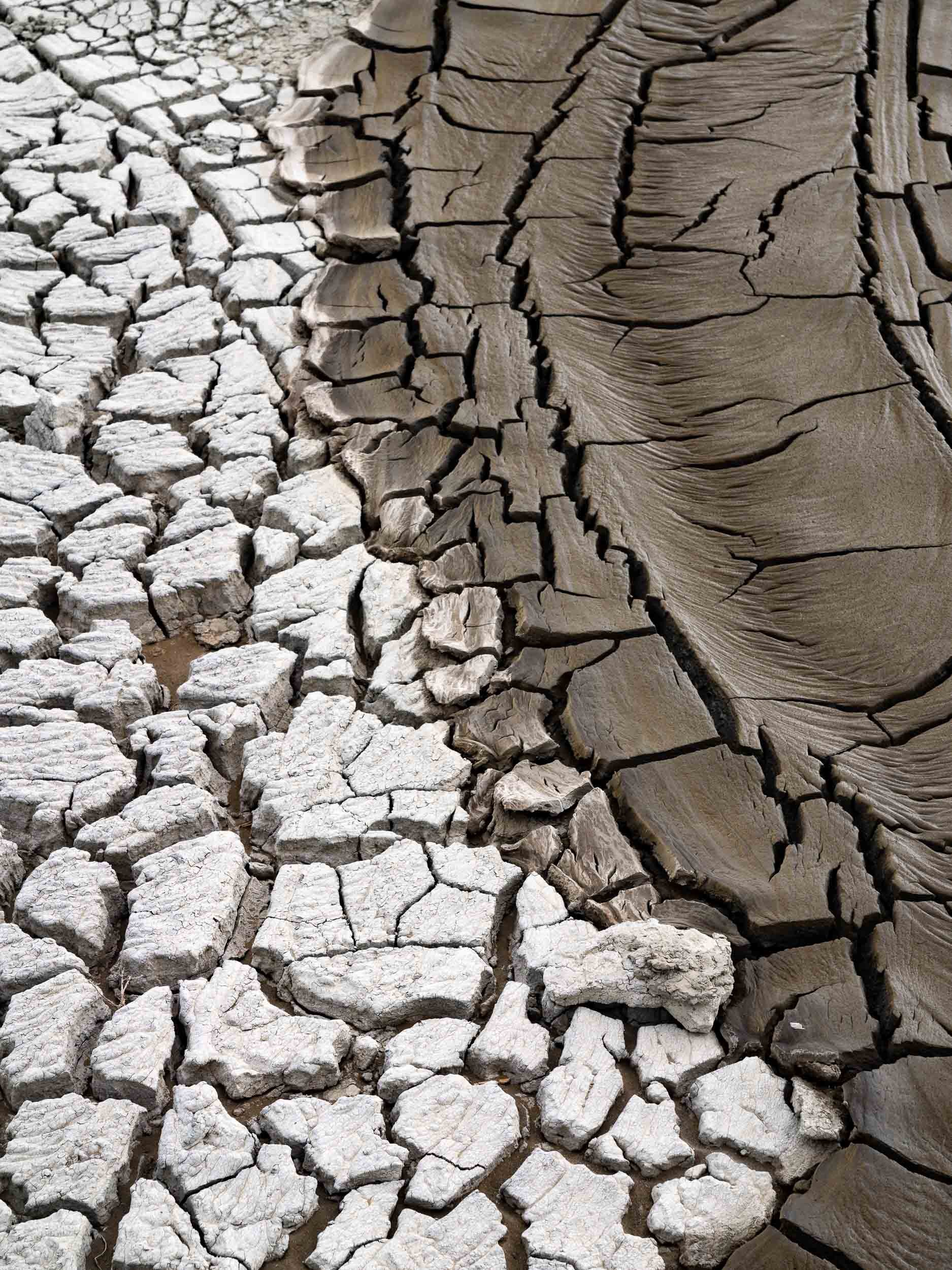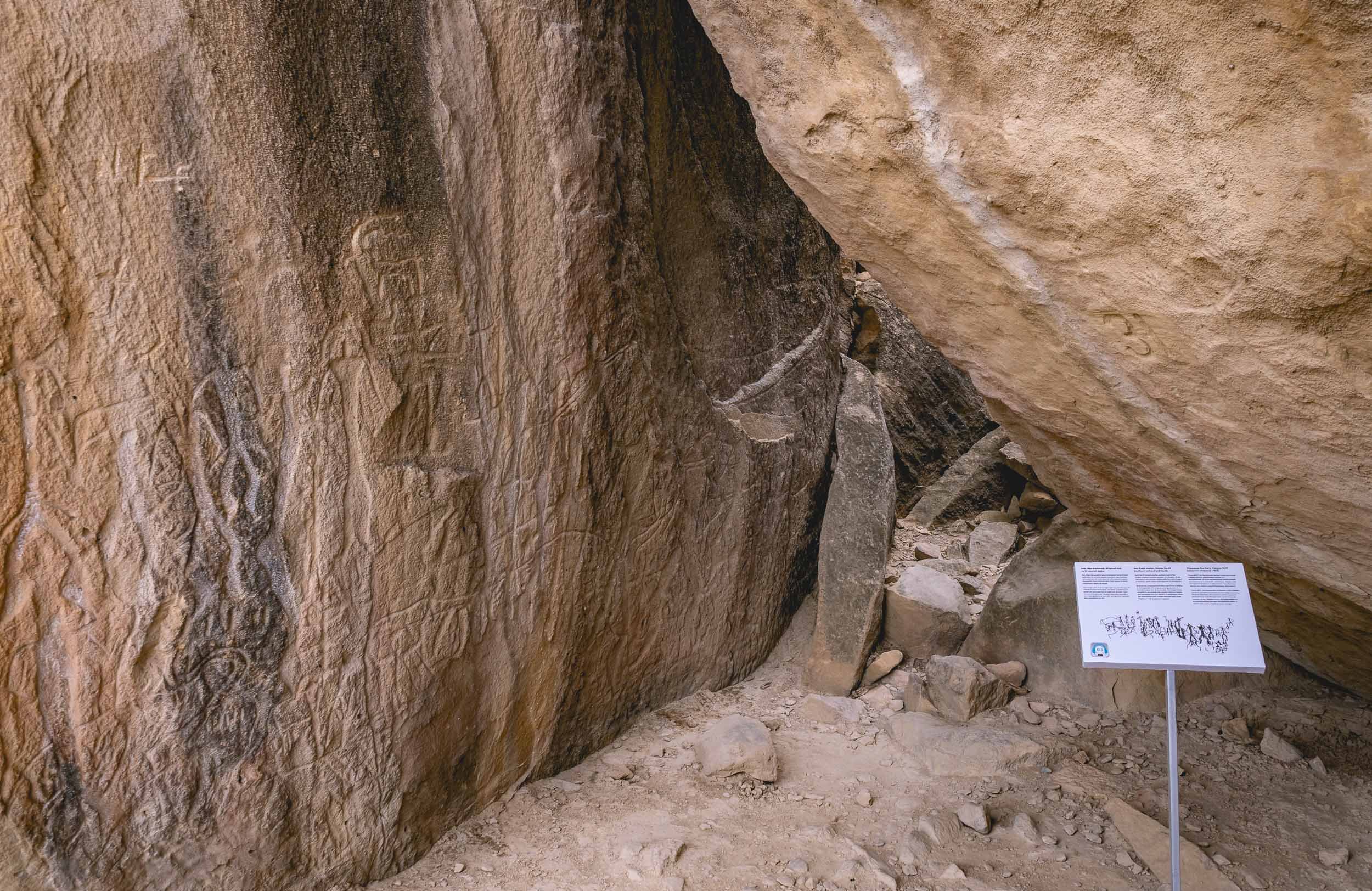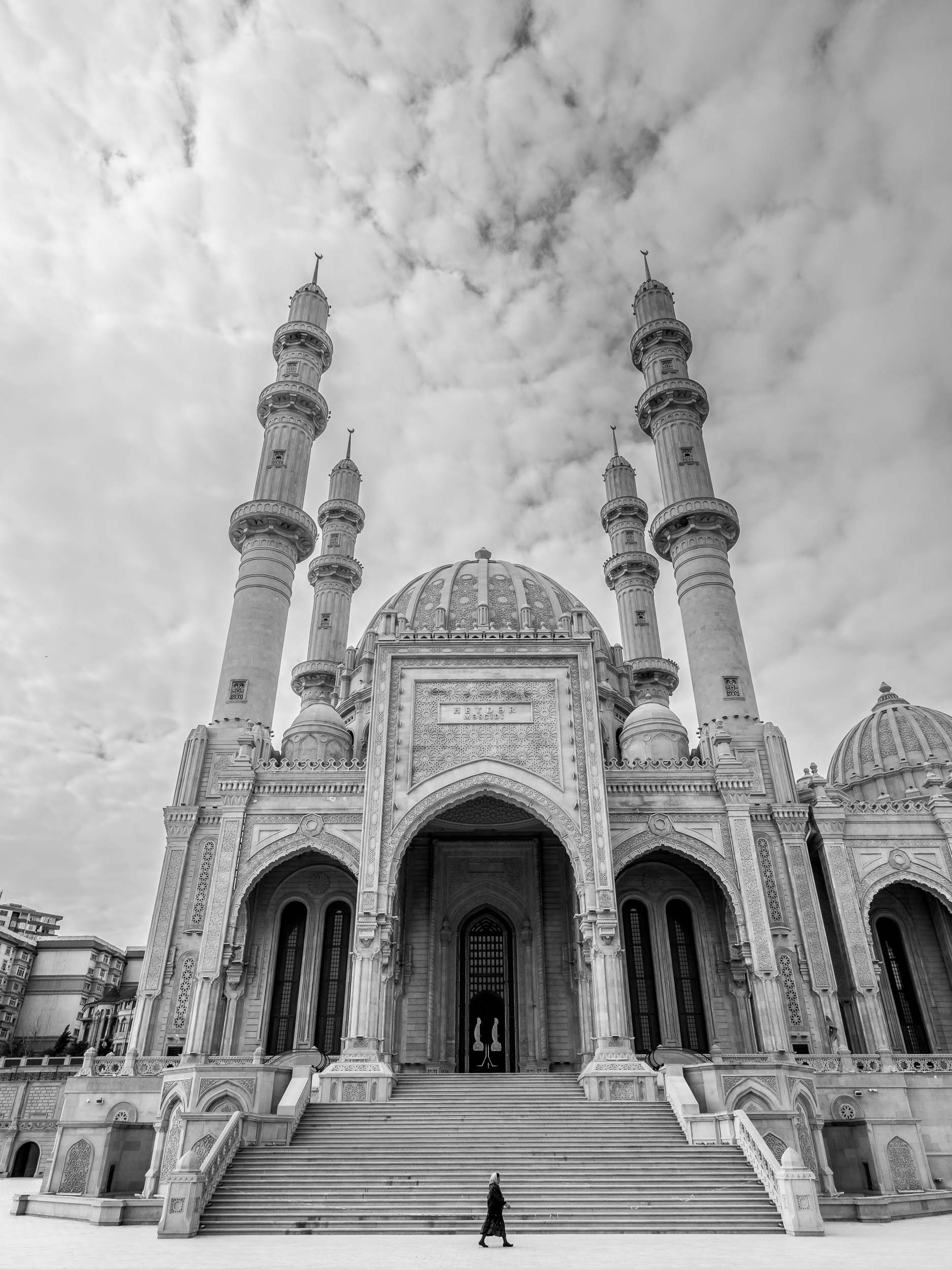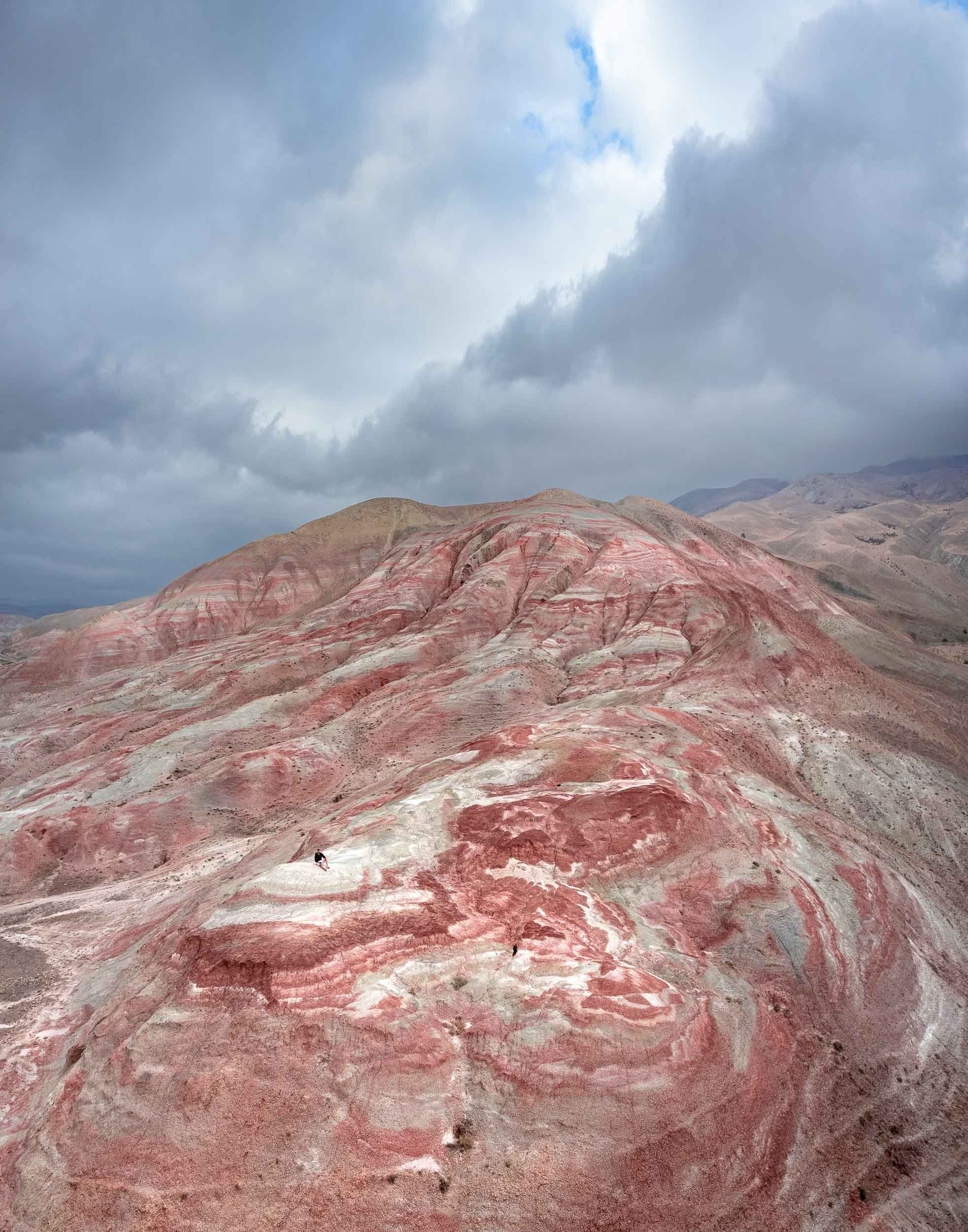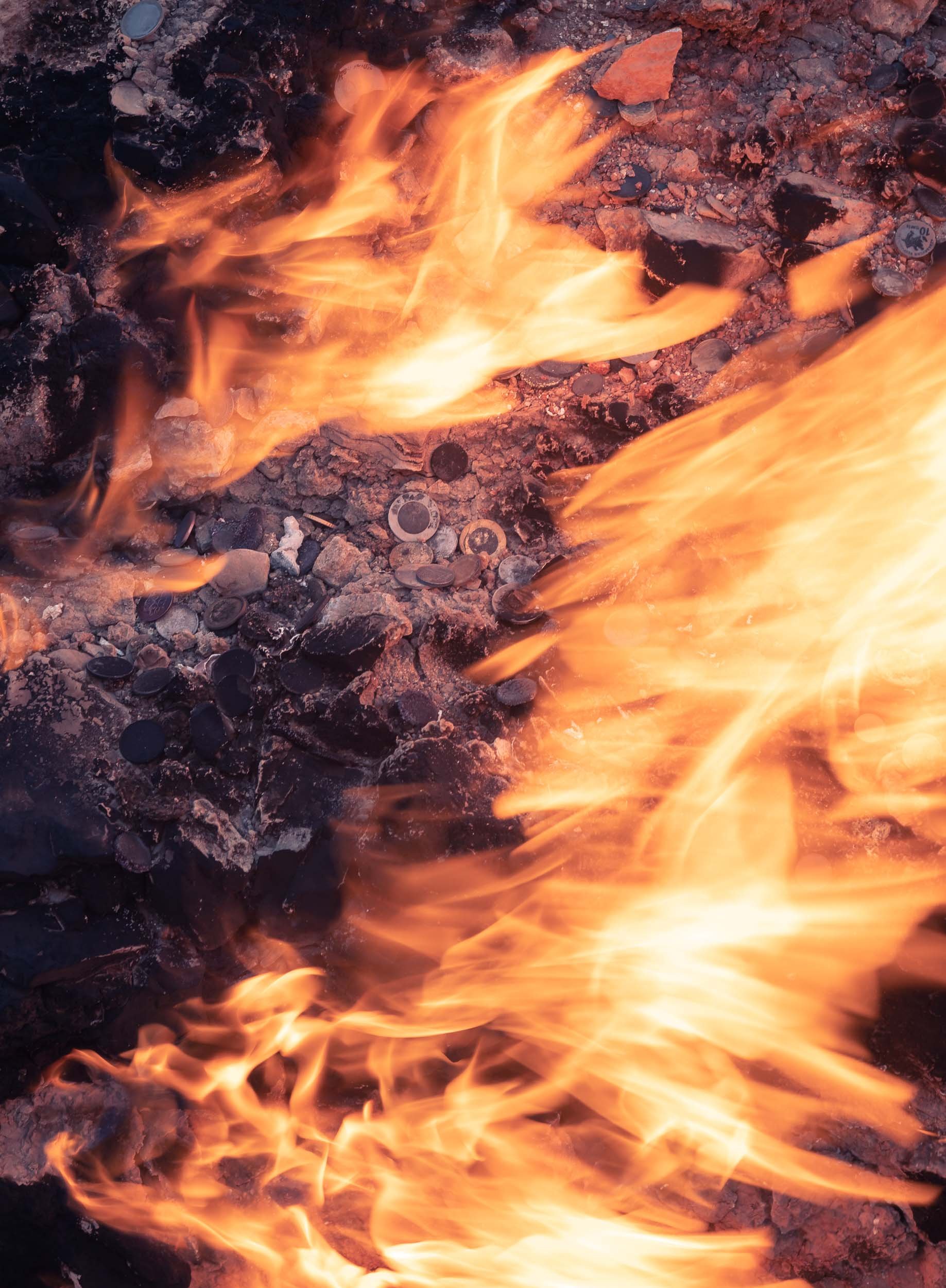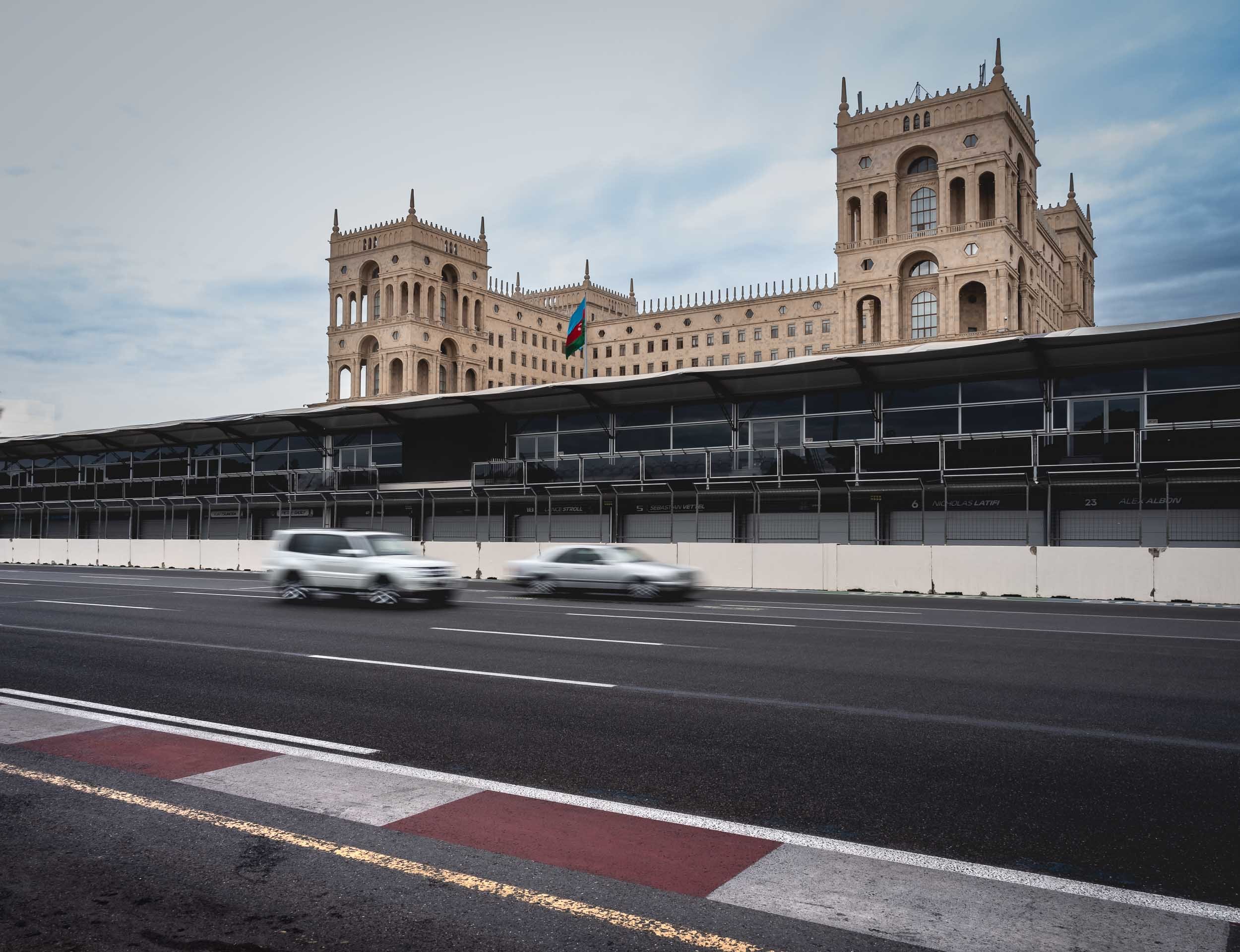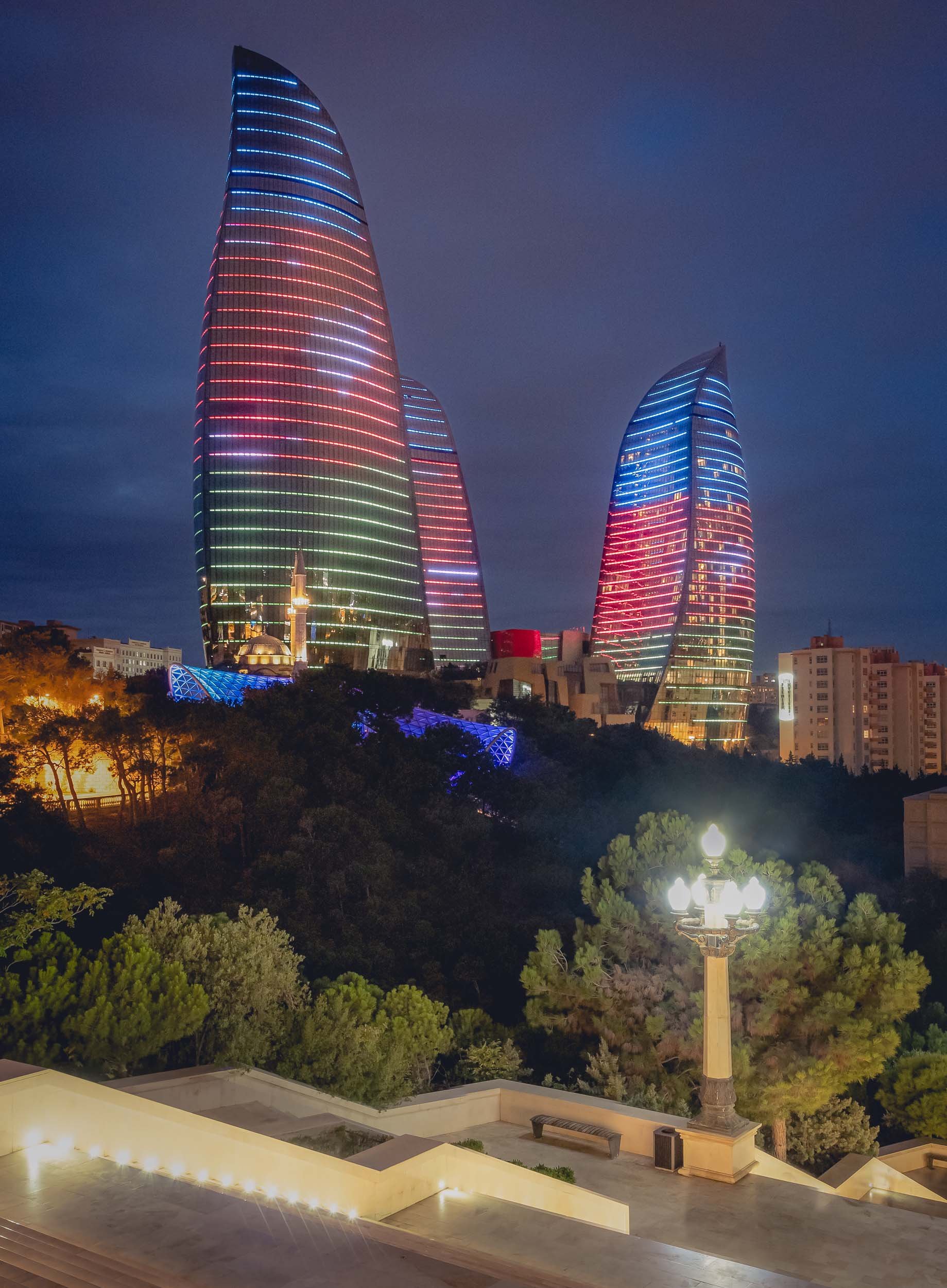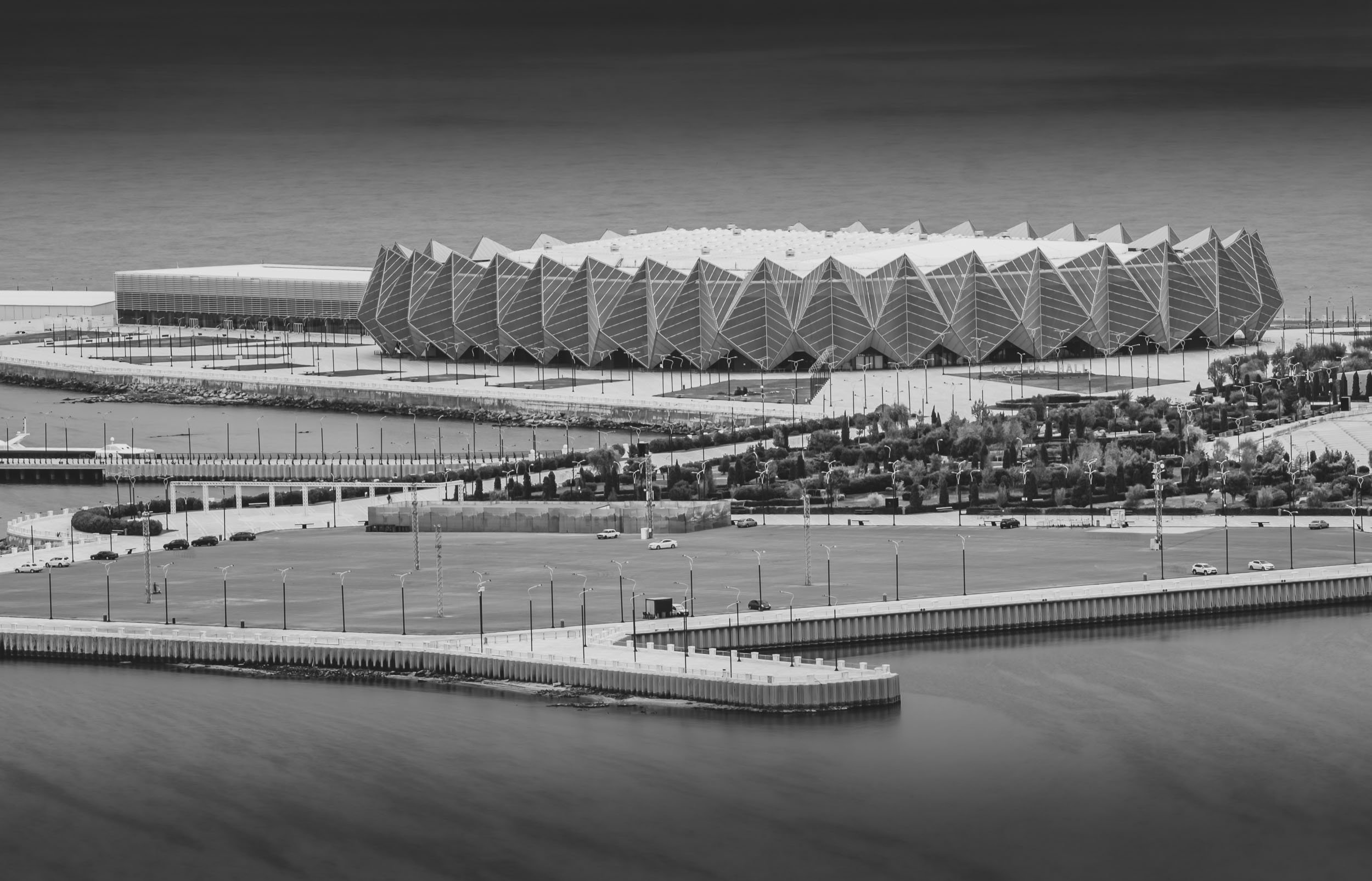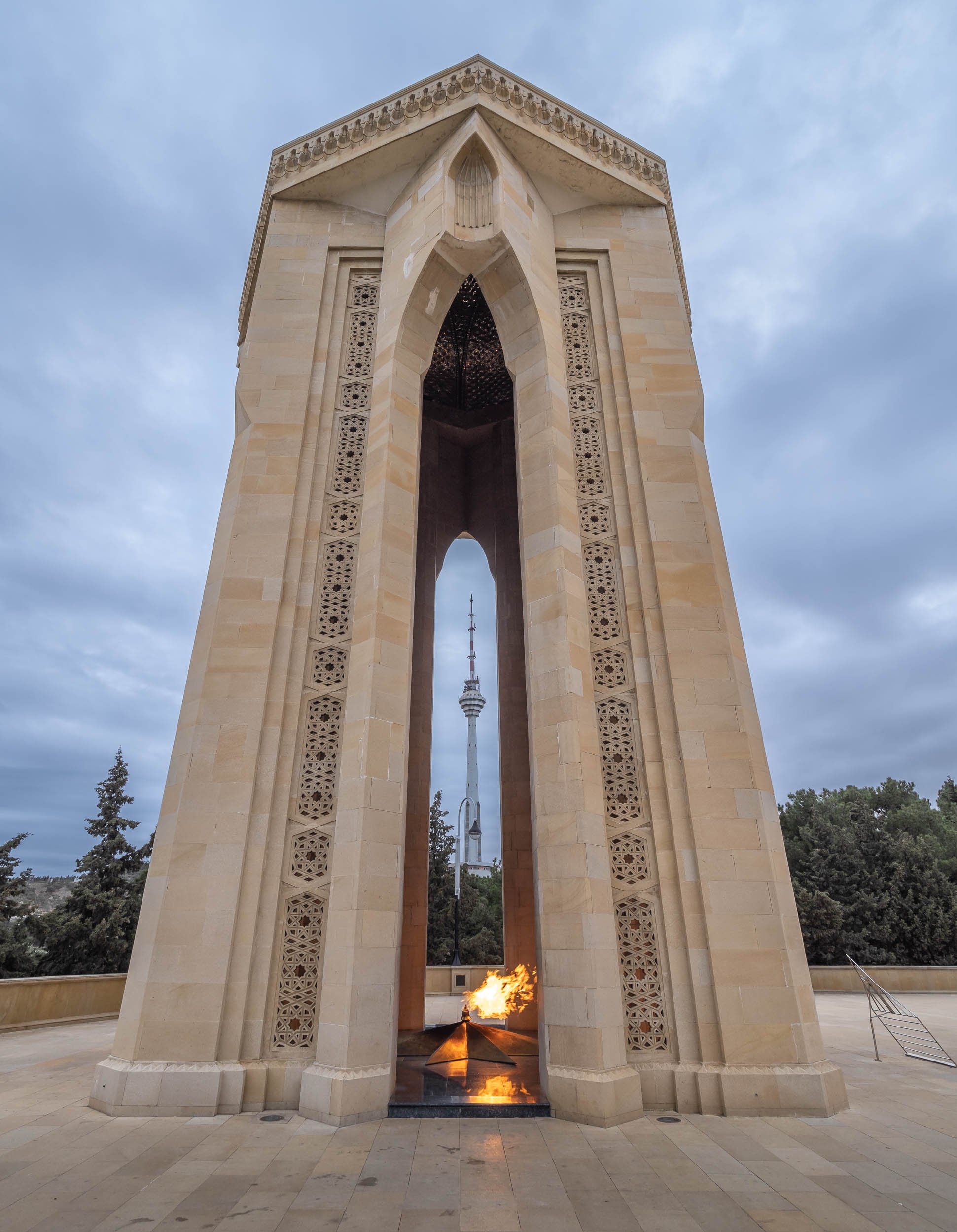Azerbaijan - Central Asia with a Few Surprises
After visiting Tajikistan several years ago, exploring more of Central Asia was high on my list. When I started researching Azerbaijan’s sights, a few rather interesting spots came up - read on to find out what I mean and take a journey through incredible architecture, pink lakes, and rocks on fire with me.
The first stop on the way from Baku’s International Airport to the city was at the Atashgah Zoroastrianism Fire Temple. Azerbaijan is often referred to as the “Land of Fire’, and this site plays a small role, among others (read on..). It was built in the 17th century as a place of worship for Zoroastrians, whose belief includes fire as one of the tentpole elements. The natural flame on the site stopped burning in 1969 however.
Baku’s Old City
From here, we explored Baku’s Old Town, the country’s first UNESCO World Heritage Site.
One of its primary attractions is the Maiden tower, dating back at least to the 12th century and featured on Azerbaijani bank notes. Its back story is an interesting one, and so are the views from the top, with the glass architecture of the Flame Towers in the background in stark contrast to the beige old city buildings..
Another important building in the old city is the 15th century complex of the Shirvanshahs dynasty, with its palace, baths, mosque, and mausoleum. The palace contains a nicely curated museum.
The Old Town is full of pretty restaurants, historical sites, and interesting shops.
Baku’s Architectural Highlight
Despite its beautiful old city, one of the most intriguing buildings I was looking forward to photograph in Baku is much younger - it opened in 2012. The Heydar Aliyev Center was designed by Zaha Hadid and named after the country’s former president (as many things are in Azerbaijan).
Pink Wonder
30km outside the city centre lies an attraction that only shows its true colours a few months of the year.
It's only when you get close that you start to suddenly realise the unique conditions present here, and the visual glory that comes with them. Having said that, nothing can beat the view from the top… ⬇️
This amazing sight is the pink lake of Masazir, north of Baku. Its color derives from the combination of algae and bacterial bloom in the highly salty water at the right temperatures. It's one of a few such lakes around the world, and the people living on its shorelines definitely get to witness an interesting spectacle.
Got very lucky to explore and see this phenomenon, and many thanks to Andre Jabali for the tips in making it happen!
The Mud Volcanoes - Otherworldly Landscapes
Next up in the list of unusual places in Azerbaijan is an area called Gobustan, home to many of the world’s 800 mud volcanoes, half of which are located in the country.
The look from above provides a perspective of several volcanoes in the area - notice the darker shades of fresh mud slowly making its way down the slope. NASA geologists studying Mars concluded that Azerbaijan's mud volcanoes have a similar structure to the uplands of the planet.
While the bubbly craters might appear cute, particularly given the sounds that come out of the bubbles as they pop, the larger volcanoes can erupt fiercely with flames shooting into the sky if water, gas, and mud mix under the right circumstances. In fact, the gas emissions are mostly methane, and can be ignited with a lighter (as our trusty guide proudly showed us while we scattered in fear of a mud explosion).
The mud is roughly the same temperature as the surrounding air, and dries up quickly once it spills over the crater edge. Volcano clay and mud are sometimes used in the treatment of diseases.
Gobustan National Park
The area around the volcanoes is a national park, home to a - surprisingly impressive - museum owing to the many prehistoric rock carvings dating back up to 15,000 years. The park is walkable and also includes natural “musical stones” called Gaval Dash, and a Roman inscription from the 1st century.
Heydar Mosque
Opened in 2014, it’s the largest in the South Caucasus region and located slightly outside the city centre. It’s almost disproportionately tall compared to its footprint - the minarets reach 95m.
The Carpet Museum
Fitting into the city’s architectural gem collection is the carpet museum, which unsurprisingly looks like a carpet, and houses many of them in a nod to the regions carpet manufacturing heritage.
The Candy Cane Mountains
Azerbaijan is home to another colorful natural attraction: A small shale mountain range north-east of Baku full of pink, purple, orange, and brown shades.
Take a look from above!
Yanar Dag - “Burning Mountain”
On our way back we stopped at another peculiar place. Remember Azerbaijan’s nickname? The “Land of Fire” has another appropriate sight: Yanar Dag is a natural gas fire said to have been continuously burning for more than 700 years, snow, wind and earthquakes notwithstanding.
Baku Impressions
Baku’s Museum of Modern Art has an interesting collection, including private pieces of Picasso and Dali. Its curious cafe was unfortunately closed during the time of my visit.



